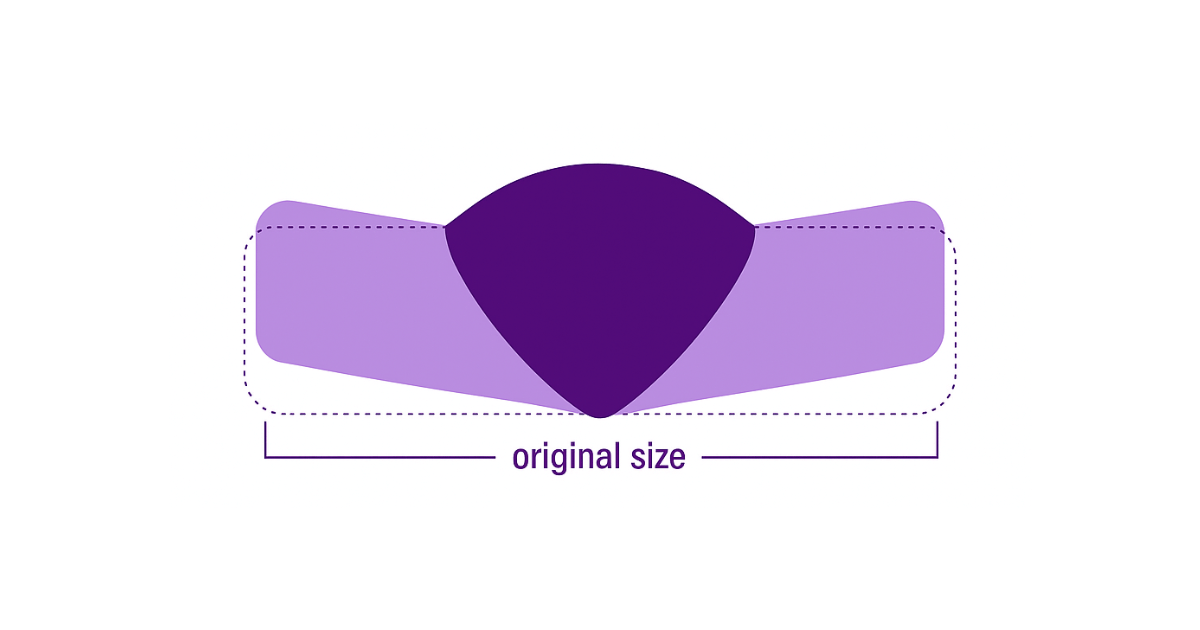The welding industry, like virtually all manufacturing industries, is facing a sweeping change in its workforce.
The oldest Baby Boomers turned 65 in 2011, and considering the huge size of this cohort (e.g., 26 percent of the U.S. population), the consequence is obvious—there’s going to be a large exodus of experienced welders and welding operators leaving to enjoy their retirement.
_(640x480).jpg?width=250&height=187&name=man_in_hammock_(could_be_retired_welder)_(640x480).jpg)
Advances in automated welding technology can partially offset the loss of the Baby Boomers because fewer operators are needed per workload with automated equipment. But the problem for manufacturers is that welding is perceived among those preparing to enter the workforce as a dirty, dangerous, uncomfortable, low-tech, and relatively low-paying occupation. This perception is causing a shortage of young people entering into welding —even taking into account that some of the jobs are being replaced by automated processes.
This shortage poses a considerable risk for manufacturers, but also an opportunity. Being able to recruit the top talent from this limited labor pool can become a significant competitive advantage.
The Old-School Operator
For manufacturers, the first step in attracting new talent is realizing that they won’t be like the Baby Boomers.
“Old-school” operators probably don’t have a fancy degree or diploma in welding engineering or technology. When they entered the workforce, they were probably hoping to get on with a good company and work there until they retired. They likely picked up the trade as an apprentice, or perhaps in the military. There’s a good chance they started in manual welding and were trained on-the-job to operate and monitor automated welding robots.
The recruiting techniques that worked on these Baby Boomers aren’t the same approaches that will attract the best new talent.
The New Breed
The job of being a welder or welding operator is changing as technology progresses, but manufacturers need to be sure to highlight this change in their recruiting.
.jpg?width=199&height=180&name=student_studying_(640x579).jpg)
It’s true that your ability to attract good young talent will be tied to perceptions of the welding industry as a whole, but your company can distinguish itself by the type of equipment you have, how much technology is incorporated into your welding process, and how you use this technology. Your attractiveness to the best people who do decide to take up the occupation—meaning people who are smart, ambitious, hard-working, and eager to learn—will largely depend on how well they perceive your company in the following areas:
- Prospect of career advancement. Many people who are choosing to enter welding are receiving training at vocational schools, community colleges, and private welding schools. They are seeking a career that rewards them financially for learning specialized technical skills. By providing the latest automated welding technology—such as automated welding cells with Weld Cameras —your company will be seen as a place where they can continue to learn new skills and make themselves more marketable. Very few people entering the workforce now expect to work for the same company their entire career, so the opportunity to increase marketability of their skill set is a high priority.
- The chance to work with exciting technology. Generation Y and Millennial workers have never experienced a world where computers weren’t part of their everyday life. To them, a job that doesn’t involve the use of technology is decidedly “un-modern.” Therefore, manufacturers that embrace cutting-edge automated welding technology, including computer applications such as Weld Cameras with image processing software, will be more appealing to the young workforce.
- Working conditions. Advancements in Weld Camera technology have made it possible for operators to remotely monitor an automated welding process with better visibility than is typically possible any other way. This is an important way to free up the operators from the risky, unhealthy, and sometimes very uncomfortable working environment of welding that has traditionally been a daily drudgery.
Conclusion
Finding good welding operators is likely to become more challenging industry-wide, but progressive manufacturers can position themselves to get the best talent by changing the perception—and the reality—of the job from “old-school” to modern with the adoption of progressive automated welding technology such as Weld Cameras.
Top photo courtesy of Dave and Margie Hill/Kleerup, The Consortium. Lower photo courtesy of KOMUnews.






